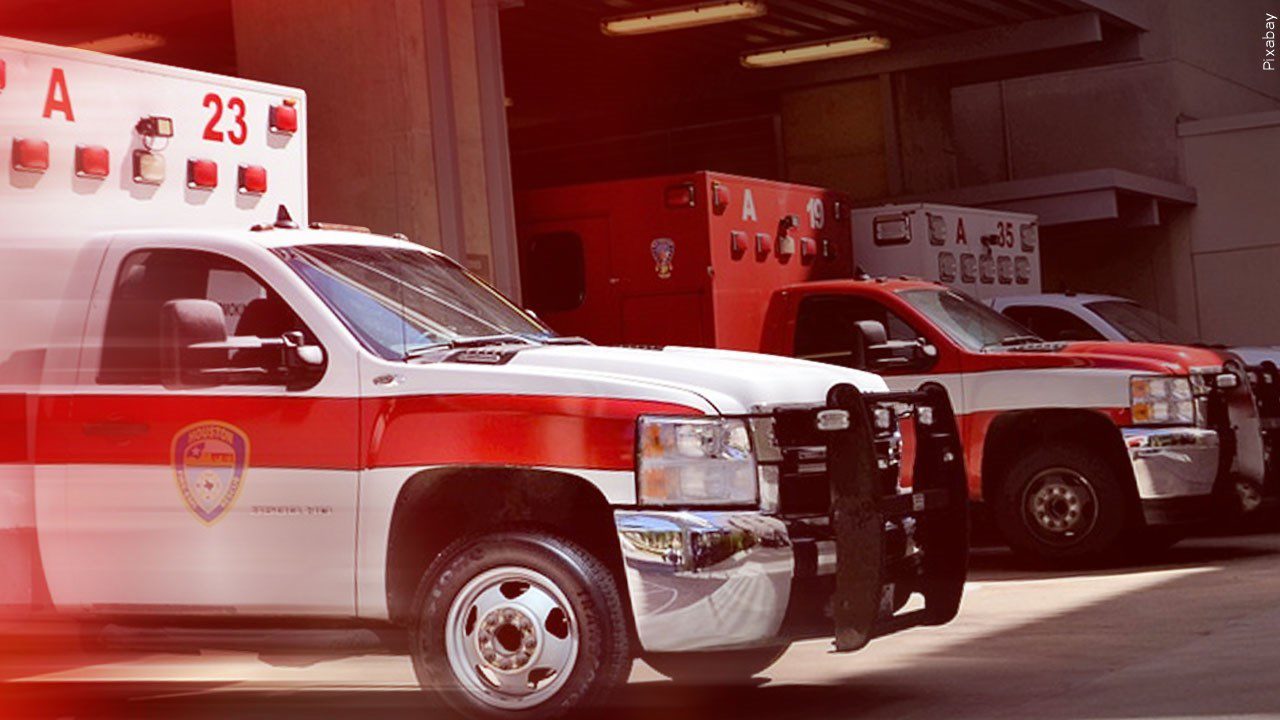Rural EMS are struggling with fewer funds and staff shortages

Pixabay
Rural EMs and ambulance services are struggling with their current day-to-day operations. On Friday Oct. 25th, local emergency medical service officials a roundtable discussion to work together for possible solutions. Right now the plan is to not stretch their already limited resources.
For the past several years there’s been a sharp decline in funding and staffing for ambulances and EMS. Michael Juntunen, the President of Minnesota Ambulance Association says this is the first of many roundtables. The hope is the emergency medical field will have changes by advocating for improvements through the state legislature.
“We really need to find a way to make sure that we have people who want to do this work. Out there helping their neighbors, helping their communities, and serving patients throughout the state,” Juntunen said. “Most of them are going to revolve around that reimbursement and funding piece. How do we better get payment for these, especially the rural communities throughout the state? Then across the board, how do we get better return for the calls that we’re actually running from the insurance companies?”
Many communities in the Northland rely on volunteers working in the emergency medical field. But there needs to be more incentives for staff retention like better pay and access to mental health services.
Mark Jones, the Executive Director with the Minnesota Rural Health Association says rural EMS services in Minnesota reported a $66 million operating loss across the industry in 2023. Earlier in May, the state legislature signed a $24 million aid package to help EMS throughout Minnesota. Although Jones says there has to be a long-term solution.
“Is that going to fix everything? Absolutely not. Is it going to get us through another year? That’s going to get us through another year,” Jones said. “We’ve got ambulance services that are going to receive $100,000 that have a $200,000 operating deficit. So does it plug the hole? No, it doesn’t. But it gets us to next year.”
Although more rural communities in the Northland don’t have dedicated ambulances or emergency medical services and need to rely on support from other first responders.
Jesse Buhs, the Cloquet Area Fire District Chief says when it comes to people who work in the emergency medical field there needs to be wellness programs in place to retain current staffing.
“I always use an analogy that i think all of our EMS responders are like a sponge. Every time they go to a call that’s filled with trauma or grief or violence or anything that’s difficult in nature, they absorb a little bit of that call. And when their sponge is full, their time in EMS is over. So the resilience is the key.”
If you’re wondering what ambulance service is operating in your community you can look here. Also for other EMS related stories you can read more here.